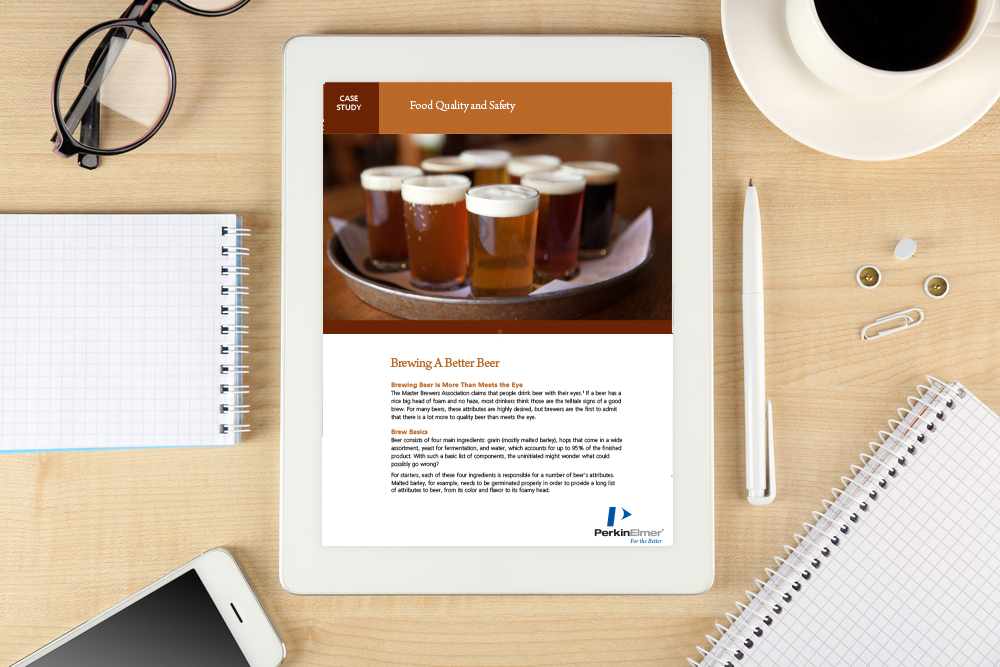Brewing a better beer
- Like
- Digg
- Del
- Tumblr
- VKontakte
- Buffer
- Love This
- Odnoklassniki
- Meneame
- Blogger
- Amazon
- Yahoo Mail
- Gmail
- AOL
- Newsvine
- HackerNews
- Evernote
- MySpace
- Mail.ru
- Viadeo
- Line
- Comments
- Yummly
- SMS
- Viber
- Telegram
- Subscribe
- Skype
- Facebook Messenger
- Kakao
- LiveJournal
- Yammer
- Edgar
- Fintel
- Mix
- Instapaper
- Copy Link
Posted: 19 September 2018 | PerkinElmer Inc. | No comments yet
The Master Brewers Association claims that people drink beer with their eyes. If a beer has a nice big head of foam and no haze, most drinkers think those are the telltale signs of a good brew. For many beers, these attributes are highly desired, but brewers are the first to admit that there is a lot more to quality beer than meets the eye…
Beer consists of four main ingredients: grain (mostly malted barley), hops that come in a wide assortment, yeast for fermentation, and water, which accounts for up to 95% of the finished product. With such a basic list of components, the uninitiated might wonder what could possibly go wrong?
For starters, each of these four ingredients is responsible for a number of beer’s attributes. Malted barley, for example, needs to be germinated properly in order to provide a long list of attributes to beer, from its colour and flavor to its foamy head.
The rest of this content is restricted - login or subscribe free to access


Why subscribe? Join our growing community of thousands of industry professionals and gain access to:
- bi-monthly issues in print and/or digital format
- case studies, whitepapers, webinars and industry-leading content
- breaking news and features
- our extensive online archive of thousands of articles and years of past issues
- ...And it's all free!
Click here to Subscribe today Login here
Related content from this organisation
- Plant-Based Food Revolution: leveraging ICP-MS for quality assurance and nutritional insights
- Application Brief: Solus One Salmonella for Raw Poultry and Meat
- Guide: Solus One Salmonella methodology – Seven easy steps
- Featured Partnership: Challenges in meat pathogen detection – improving your food safety plan
- Poster and Podcast: Rapid recovery and detection of pathogenic Gram-negative organisms










